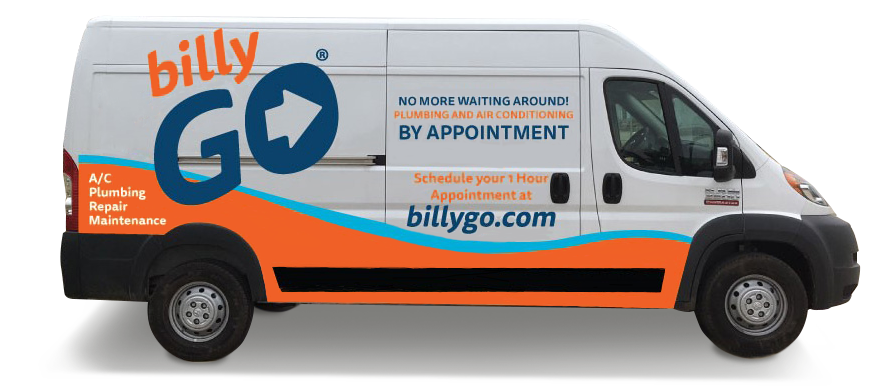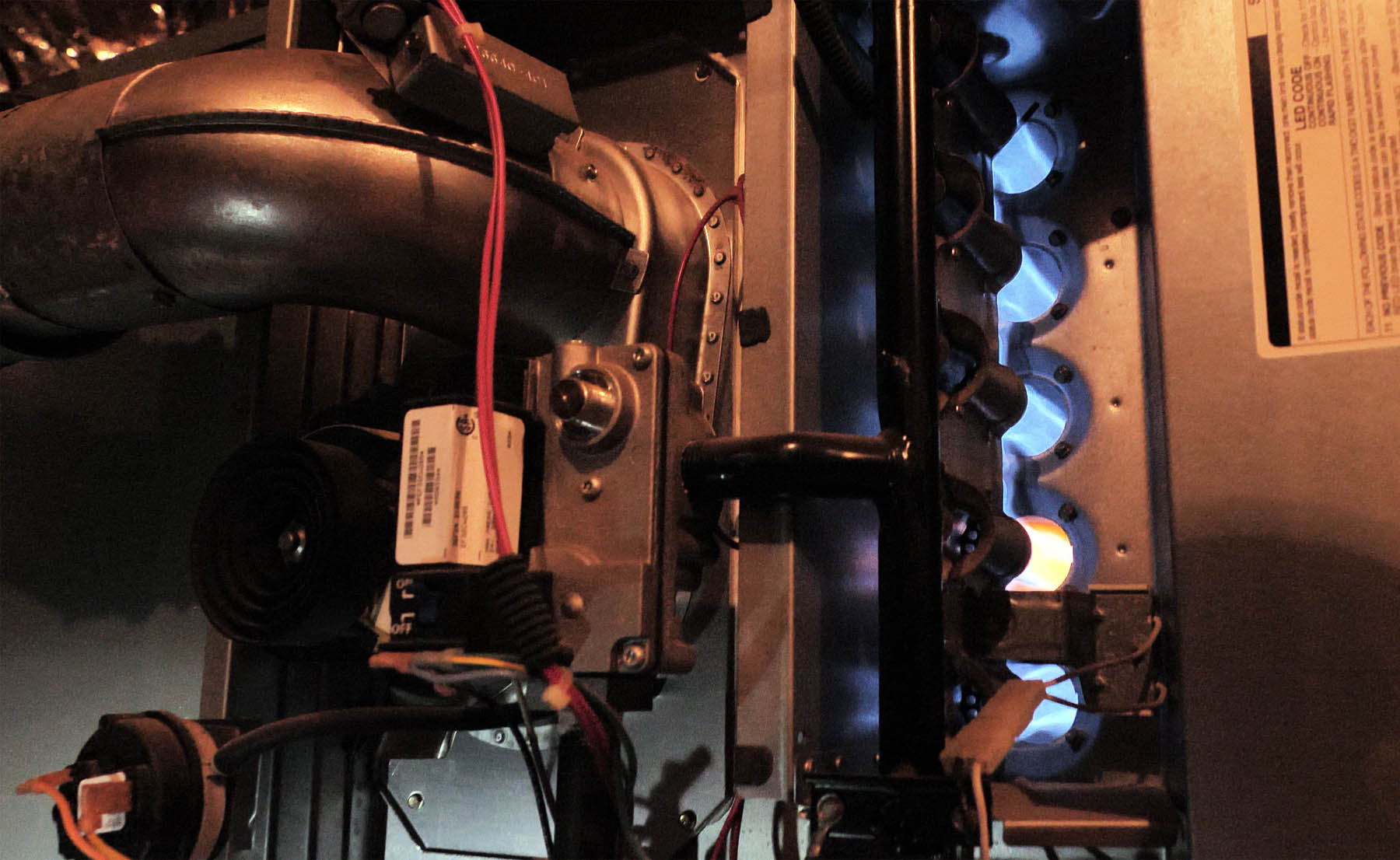DIY Furnace Repairs - and When To Call a HVAC Pro
Furnaces are quite reliable, especially when properly maintained. When you do need furnace repair it usually will require the attention of a professional. Furnace repair can be complicated or even dangerous and in most circumstances should just be left to an HVAC professional. However, there are a few situations where a non-functioning or poorly performing furnace can be fixed with some simple DIY repairs.
In this article, we will discuss some troubleshooting steps, a few easy do-it-yourself quick repairs, and good furnace practices that anyone can perform. We will also discuss some circumstances where you should just call an HVAC professional.
The Furnace Won’t Turn On
During cold seasons, it doesn’t take long to realize that there’s a problem furnace. Before your start searching online for words like “furnace blower motor”, “ignitor”, and “heat exchanger”, start with some easy troubleshooting.
- Check the thermostat: Make sure the thermostat is set to “heat” and not to “cool” and that the temperature setting is several degrees warmer than the room temperature. If your thermostat is battery-operated, make sure that the batteries aren’t dying and therefore causing a malfunction. Most thermostats have a cover that pulls off without using any tools, allowing you to brush or blow out accumulated dust that can interfere with the thermostat’s operation.
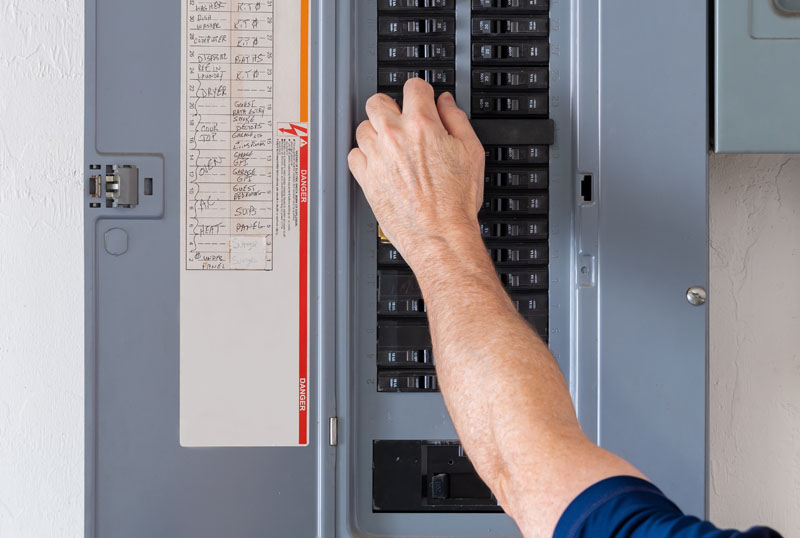
- Reset the circuit breaker: If the heater won’t turn on, it’s possible that a circuit breaker or fuse was tripped or blown. Locate the breaker panel in your home and find the circuit that controls the furnace. Even if it is fueled by natural gas, as most are, some of the furnace’s components, including the ignitor and blower fan, require electricity. Flip the breaker from the “on” position to the “off” position and then back to “on” and keep it there. This resets the breaker and could solve your problem. In some cases, you might need to replace a fuse.
The Furnace is not Producing Enough Heat
If the heater is turning on, but it’s not producing enough heat to match the temperature setting, there could be several reasons. And once again, some easy DIY furnace troubleshooting might solve the problem.
Replace the Furnace Filter
Dirty furnace filters are a common cause of heater problems because dust and dirt restrict airflow. That debris can cause soot buildup in the heat exchanger and reduce efficiency. If the furnace air filter gets clogged with dust and dirt, the heat exchanger will overheat and shut off before your home warms up to the desired temperature. The U.S. Environmental Protection Agency reports that regularly cleaning or changing the filters improves indoor air quality.
- When to Replace Your Furnace Air Filter: The general rule is that filters should be replaced every 90 days, but the amount of use is different in each home and filters vary in thickness and quality, so some can last more than 90 days while others lose their effectiveness before three months. Check your furnace filter, which is usually easily accessible, and give it the good old-fashioned eye test. Hold it up to a light to see how much dust and dirt is on it and compare it to an unused one. If it’s covered in dust and dirt, replace it. Dirty filters make a heater work harder and lead to higher energy costs.
Check the Air Vents in Each Room
If a room is staying chilly while others warm up, check the supply air vent (that’s the vent that supplies the conditioned air into the room). It’s possible that something could be blocking the openings and limiting the airflow. It’s also important to remember that all the vents in the home should remain open, even in a room that you are not using, because closing a vent can increase pressure in the duct system and cause more air leakage.
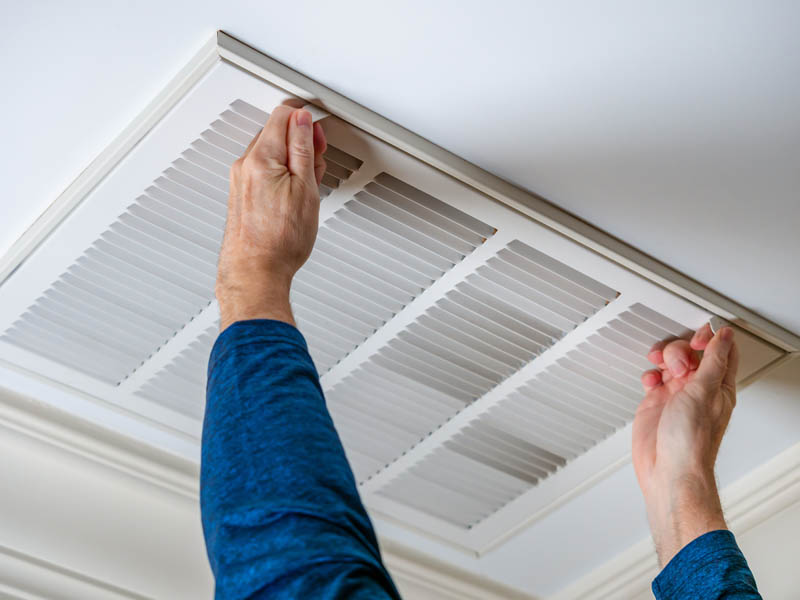
If a room is staying chilly while others warm up, check the supply air vent (that’s the vent that supplies the conditioned air into the room). It’s possible that something could be blocking the openings and limiting the air flow. It’s also important to remember that all the vents in the home should remain open, even in a room that you are not using, because closing a vent can increase pressure in the duct system and cause more air leakage.
The Furnace is Noisy as it Operates
Modern heaters do not – or should not – make much noise as they operate. In a quiet home, you might notice some sound when it’s starting up, but if it’s a booming sound, it could mean there is a problem with delayed ignition, which can damage the heat exchanger. An HVAC technician can assess the problem and fix it.
As the furnace continues its heating, there should be very little sound. Noises such as whistling, rattling, banging, and grinding can be signs of a serious problem that could lead to a system breakdown. These are beyond the scope of safe DIY furnace repair and require a licensed professional.
The Dangers of DIY Furnace Repairs
While homeowners with a do-it-yourself spirit might feel emboldened, there can be danger involved. Unlike when some DIY projects don’t work out, failed DIY furnace repairs can damage expensive equipment and put your family’s safety at risk.
Fire Hazards
Whether you have a gas or an electric heater, it has a heating element at its core. And in order to warm your entire house, it needs to create some very high temperatures. Crossed wires in an electric heater can cause the system to overheat. An electrical short in a gas furnace adds the risk of sparking an explosion, should any gas leaks develop. If you have a gas furnace and smell gas in your home, go outside immediately and contact the gas company and a licensed gas leak specialist.
The risk of fire or explosion with any kind of DIY furnace repair should be enough to convince anyone to consult an HVAC professional if they are not absolutely certain about what they are doing.
Carbon Monoxide Poisoning
Carbon monoxide is a deadly colorless, odorless gas. The Centers for Disease Control and Prevention report that each year unintentional carbon monoxide poisoning results in more than 400 Americans dying and more than 20,000 needing a trip to an emergency room. If you own a gas furnace, you should own a carbon monoxide monitor near the appliance and check that it is working regularly.
Carbon monoxide is a byproduct of burning fuel to create heat, and cracks in a heat exchanger – even very small ones – can leak carbon monoxide into a home. A well-meaning but untrained person working on a heater might not notice any problems. An HVAC professional can spot them and has the furnace parts to make the repairs.
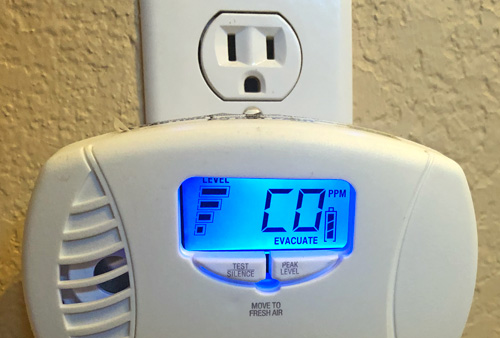
The risk of fire or explosion with any kind of DIY furnace repair should be enough to convince anyone to consult an HVAC professional if they are not absolutely certain about what they are doing.
DIY Repairs Can Void Warranties
Furnaces can have a lifespan of 20 years, and they often include significant manufacturer warranties as well as warranties provided by the installer. Those warranties can be voided by DIY repairs because most HVAC manufacturers require all repairs to be performed by a licensed professional.
Other Things to Consider with Furnace Repair
The best way to keep a furnace operating at peak efficiency, and safety, is through proper maintenance. Homeowners can do some of that themselves:
- Changing the Filter: Some homes need filter replacement more frequently than others, depending on use and the amount of dust in the home. But a furnace always operates more efficiently with a clean filter.
- Testing the Carbon Monoxide Detector: The only way to detect carbon monoxide is with CO detector. Check the batteries twice a year and regularly push the “test” or “reset” button to ensure it is working properly.
- Cleaning Around the Furnace: The area around your furnace is probably not a “living area” of your home, but it still should be kept clean. An ordinary vacuum with the brush attachment can be used to (carefully) clean the exterior of the unit and the ducts and pipes leading to it. Resist using the area around the heater for storage so that the space remains uncluttered and vacuum up dust on the floor surrounding it.
When to Call a Licensed HVAC Professional
If you have any concerns about your furnace’s operation or have any doubts about what the problem may be, contact a professional. Certified HVAC technicians have diagnostic tools of which most homeowners are completely unaware. In addition to assessing problems, a licensed HVAC technician can provide scheduled furnace tune-ups and perform additional furnace services such as checking the combustion chamber for cracks, testing for carbon monoxide, removing dirt and corrosion from the heater, lubricating and adjusting the blower and sealing connections between the heater and ducts.
An HVAC technician also can provide an expert eye for any potential issues with a heater, and in many cases, less expensive, “wear and tear” issues can be addressed before they lead to a serious, more expensive system breakdown.
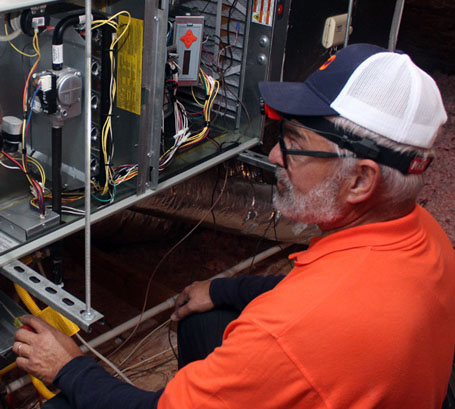
If furnace replacement is necessary, the professional can offer guidance on furnace cost and provide expert furnace installation.
Conclusion
During the coldest months of the year, a furnace blowing cold air or no air at all can make life miserable. Easy DIY furnace repairs can save you some money, but always remember that there are limits to the maintenance and repairs that can be performed safely by a person who lacks adequate training and equipment.
Easy DIY furnace repairs and maintenance combined with the expertise of a trusted HVAC professional will maximize your furnace’s efficiency and lifespan.
